NATO nations have been sending large amounts of weapons to Ukraine since the Feb. 24 invasion. Some NATO officials view the war as an opportunity to either force regime change in Russia or seriously weaken that country militarily.
NATO to put 300,000 troops on high alert in response to Russia threat
Alliance’s leader says this week’s summit will agree its most significant transformation in a generation
Nato’s secretary general has said this week’s Madrid summit will agree the alliance’s most significant transformation for a generation, putting 300,000 troops at high readiness in response to Russia’s invasion of Ukraine.
Jens Stoltenberg said the military alliance’s forces in the Baltic states and five other frontline countries would be increased “up to brigade levels” – doubled or trebled to between 3,000 and 5,000 troops.
That would amount to “the biggest overhaul of our collective defence and deterrence since the cold war,” Stoltenberg said before the meeting of the 30-country alliance, which runs from Tuesday to Thursday this week.
The rapid-reaction Nato Response Force currently numbers up to 40,000, and the proposed change amounts to a broad revision in response to Russian militarisation. Under the plans, Nato will also move stocks of munitions and other supplies farther east, a transition due to be completed in 2023. . .
Ukraine’s president, Volodymyr Zelenskiy, will address the summit on Wednesday morning, where he is expected to follow on from a plea made on Monday at the G7 meeting in Germany for western countries to provide arms so the war does not “drag on over winter”.
Stoltenberg said Nato would agree “a strengthened, comprehensive assistance package” for Kyiv, including immediate help to “secure communications, anti-drone systems and fuel” and longer-term assistance in transitioning from Soviet standard arms and equipment to their western equivalents.
But while the state of the war is likely to dominate the summit, Nato itself will only offer non-lethal aid because its members do not want the alliance to enter into fully fledged war with Russia. Arms supplies are instead made by member states.
Nato maintains eight battle groups across eastern Europe, aimed at acting as an initial frontline defence in the event of a Russian invasion. Four are in the Baltic states and Poland, and these were supplemented by the creation of four more in Bulgaria, Hungary, Romania and Slovakia after the attack on Ukraine.
Germany said this month it would contribute a brigade of troops to defend Lithuania, where the country leads a 1,000-member battle group, although it emerged that the bulk of the extra 3,500 Berlin intends to contribute would be based on its own soil, ready to move farther east if needed.
Stoltenberg said he expected other Nato members to make similar announcements to defend the countries for which they are responsible. Extra troop numbers would be made up by “pre-assigned forces in their home country” who would regularly exercise in the countries to which they had been linked, he added.
=========================================================================
Canadian special forces don't deny New York Times report that commandos are in Ukraine

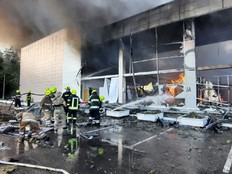
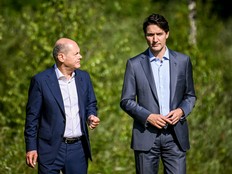
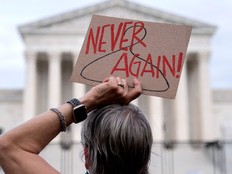
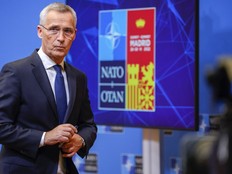
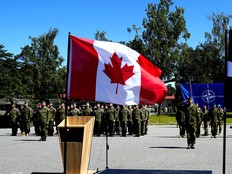


No comments:
Post a Comment